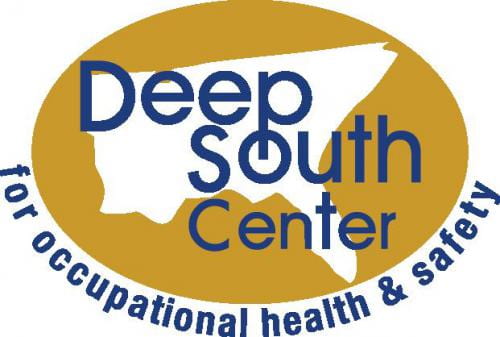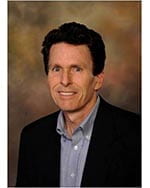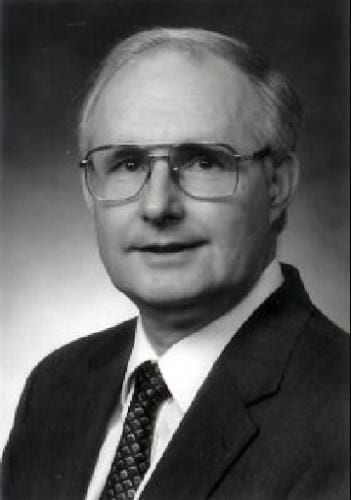Congratulations and Welcome!
Savannah Jones graduated with her MPH in Industrial Hygiene in December!
At Auburn, Warner Brines and Corey Geter completed the OSE Graduate Certificate Program. Congratulations!
The DSC welcomes our new students:
Jasna Rosser-Williams
Kelvin Dam
Rachel Michel










